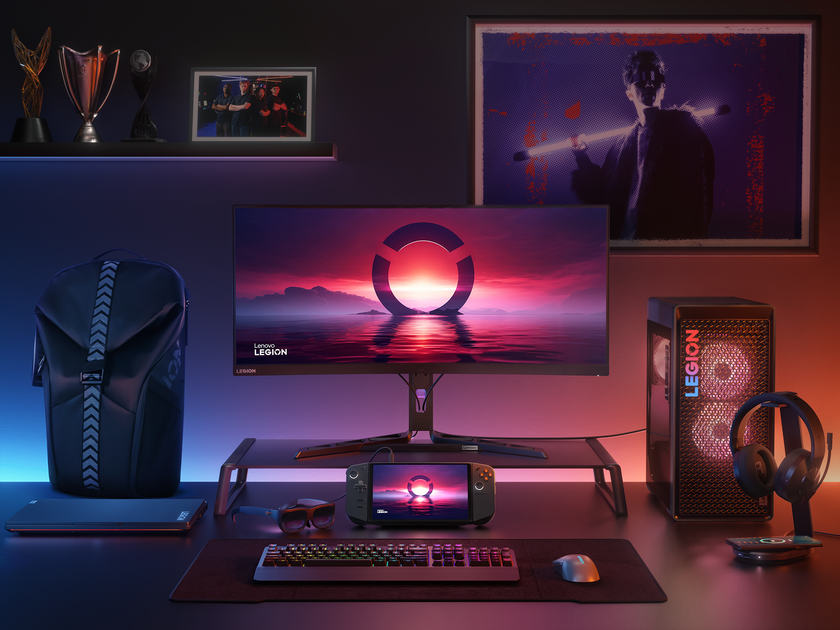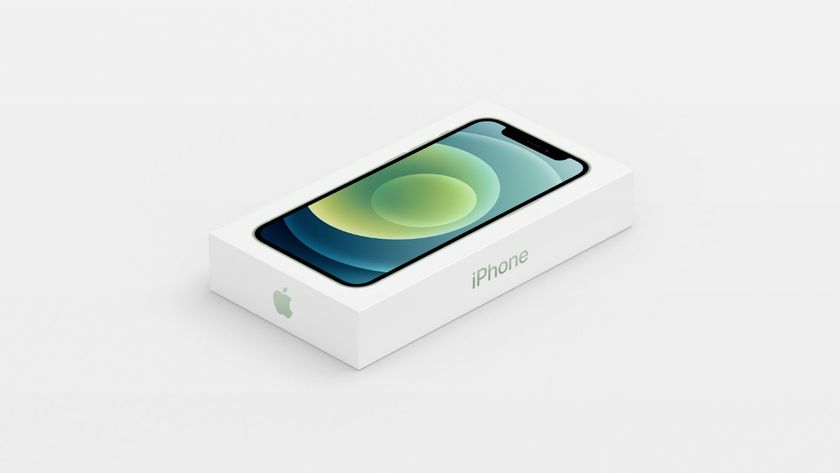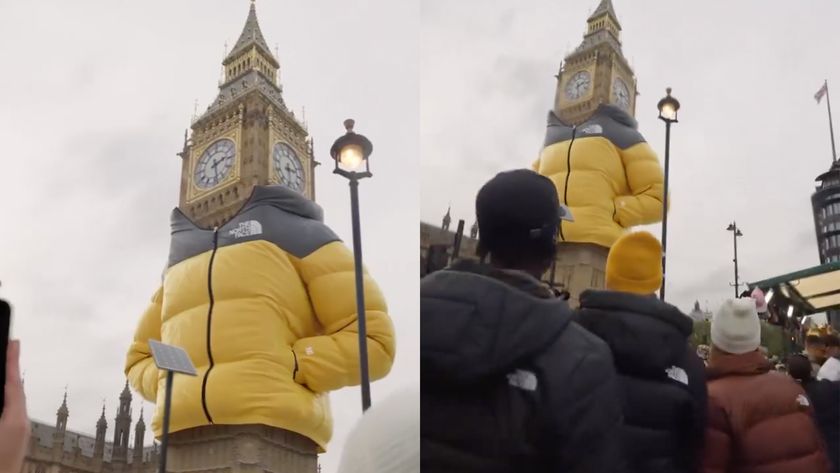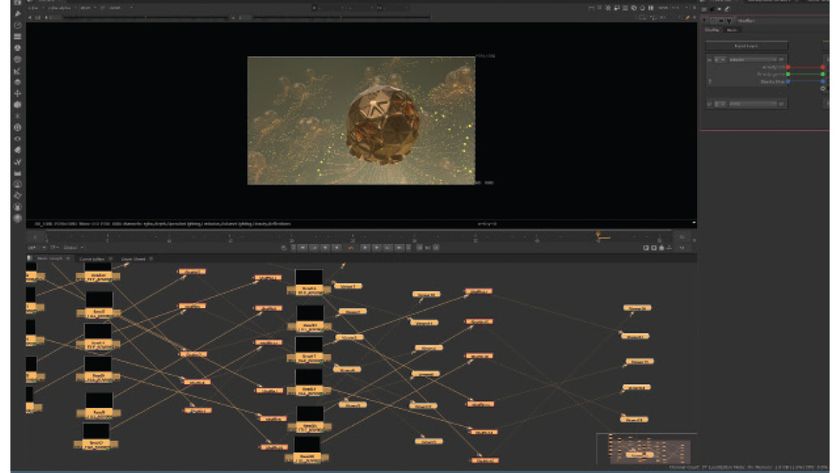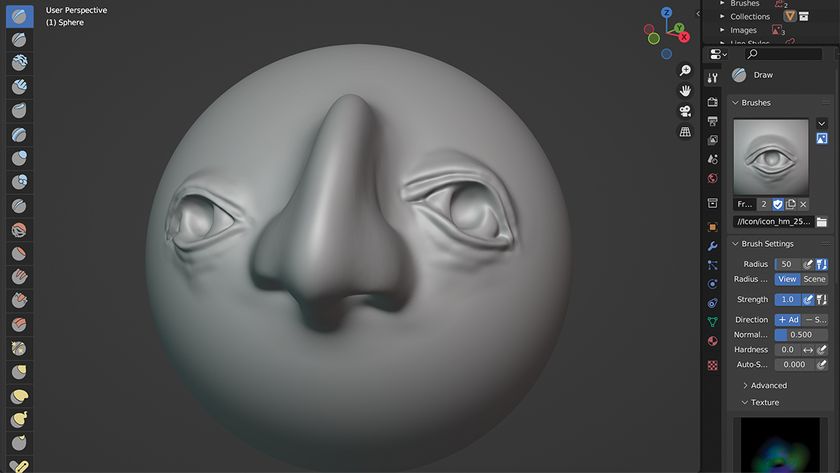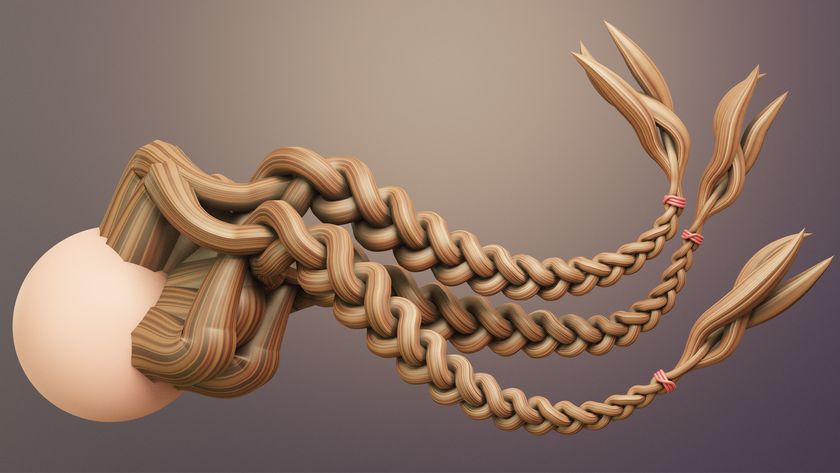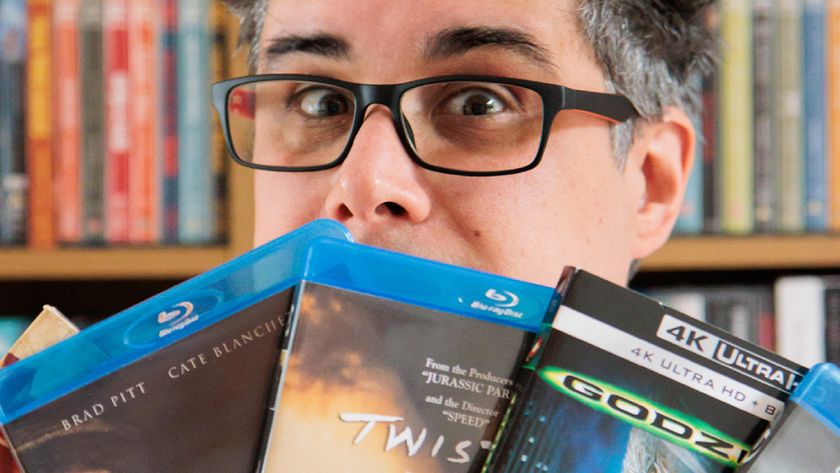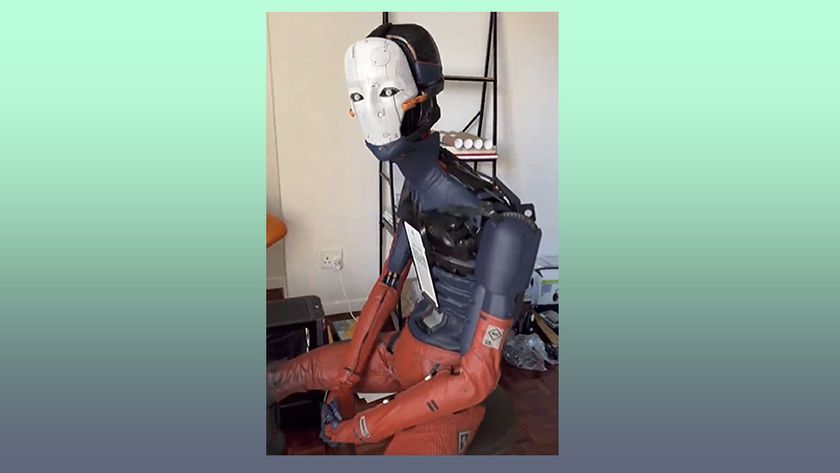How Tudor London was rebuilt in CG
LipSync Post reveals how they recreated Tudor London for the hit BBC series Wolf Hall.
Attracting critical acclaim around the world, the six-part BBC drama series Wolf Hall transports viewers to 16th-century London, where an implacable Thomas Cromwell must seek a way to annul the 20-year marriage between King Henry VIII and Anne Boleyn.
Be inspired by these incredible examples of 3D art
An intensely personal, claustrophobic affair, Wolf Hall treats its 1520s setting with reverence, paying the utmost respect to even the smallest of historical detail – from the embroidery on Cromwell's tunic to the panoramic landscapes of Tudor London.
And that's thanks in part to the work of post-production house LipSync Post which has previously worked on Batman Begins, Total Recall and 28 Weeks Later. We chatted to them to find out how they did it...
Historical accuracy
Key sequences realised by the LipSync VFX team included the 16th-century London setting around Cromwell's home, Austin Friars; the Thames and areas around London Bridge; the Tower of London as seen from inside Traitor's Gate; and the surrounding environments at the coronation of Anne Boleyn. They also took charge of the show’s title sequence, audio work and grading.
"We were looking at London 500+ years ago and what it would have looked like back then from a historically accurate sense," says Paul Driver, producer at LipSync Post.
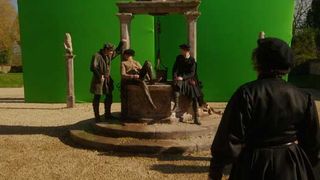
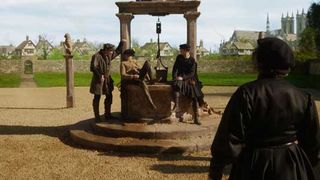
"You’re always going to have a whole bunch of historians on your back trying to point out every little feature, saying that it's not part of that period, so there's a lot of pressure on the studio there to get everything looking just right.
Get the Creative Bloq Newsletter
Daily design news, reviews, how-tos and more, as picked by the editors.
"You have to really have a solid idea of what the buildings looked like back in Tudor London: mistakes will be noticed!"
Immersive atmosphere
LipSync needed to recreate London as it was: in the process of being built up, expanding outwards from the Thames as the area grew ever more prosperous.
"We had to remove a lot of modernity that features in those areas, and keep it all within the period," explains Driver. "There was a lot of research done into what needed to be removed from the Thames."
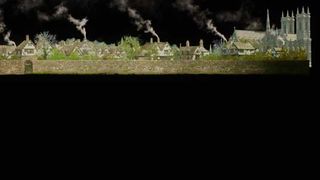
Using tools Maya, Mari and Nuke, the team created 2.5D matte paintings using asset models of the various Tudor buildings, then laying out the textures and lighting them in the scene environment.
The 2.5D matte paintings and 3D pipeline in Nuke meant that the cameras were able to move within the scene, adding to the already immersive 16th-century atmosphere.
Managing schedules
"Ten years ago, working on a project like this would mean a huge paper trail – we'd try to manage schedules in Excel, which would then all be broadcast in an email," says Driver. "Thankfully, that's not the case now.
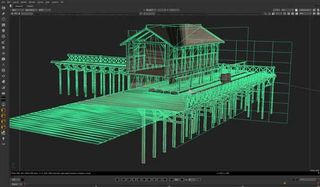
LipSync adopted ftrack in May 2014 and has used it on almost every project since. For Driver, the functionality surrounding scheduling, project hierarchy and version management came in very useful on a project with such high levels of complexity.
"At LipSync, both myself and the show coordinator use ftrack for checking when a new shot has come forward for review, and giving the artists an overview of the schedule – the supervisors can tap into it if they need to and make sure everyone is working on the right tasks at the right time," says Driver.
"Wolf Hall is a really big show – there are a lot of moving parts across each of the different art departments – and from a scheduling point of view ftrack just streamlines everything and makes it really simple," he adds.
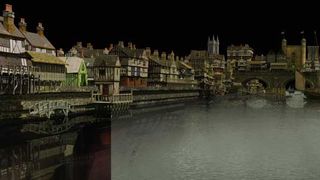
"I like the way that if you make a change it goes live to the artist straight away, cutting out the need for time-consuming emails. Artists can then just pick up their schedule, and – because we have the option of customising their overview – read it in the way that makes most sense to them."
"Things like using Quicktime videos when an artist has produced a comp are really useful features. You can see ahead of time if there are any problems or if you want to change anything before it goes to review – you can just type the notes in there. I think that’s really helpful, as it means we can get ahead of ourselves before we do dailies sessions."
The CG Awards 2015
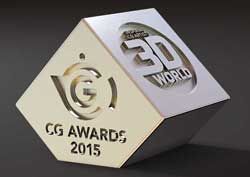
The CG Awards 2015 recognises the work of the entire industry: from software and hardware to artists and technicians. This year's awards are now open for nominations, so you can put forward your candidates right now. Just visit thecgawards.com and nominate in one of the 17 categories.

Thank you for reading 5 articles this month* Join now for unlimited access
Enjoy your first month for just £1 / $1 / €1
*Read 5 free articles per month without a subscription

Join now for unlimited access
Try first month for just £1 / $1 / €1
The Creative Bloq team is made up of a group of design fans, and has changed and evolved since Creative Bloq began back in 2012. The current website team consists of eight full-time members of staff: Editor Georgia Coggan, Deputy Editor Rosie Hilder, Ecommerce Editor Beren Neale, Senior News Editor Daniel Piper, Editor, Digital Art and 3D Ian Dean, Tech Reviews Editor Erlingur Einarsson and Ecommerce Writer Beth Nicholls and Staff Writer Natalie Fear, as well as a roster of freelancers from around the world. The 3D World and ImagineFX magazine teams also pitch in, ensuring that content from 3D World and ImagineFX is represented on Creative Bloq.
